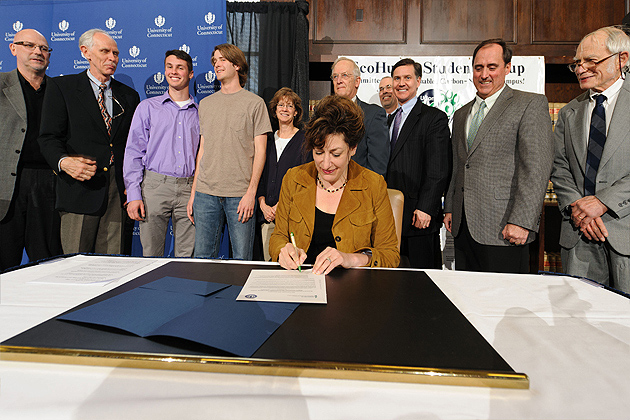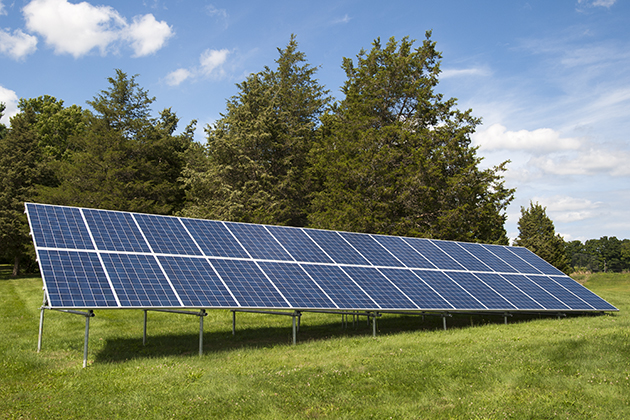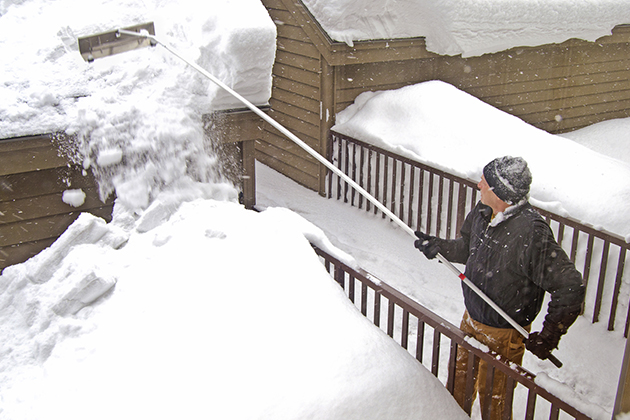Sustainable UConn: How our values about the environment, clean energy, and social responsibility are greening the Husky Blue.
Whether or not you believe the overwhelming scientific evidence about climate change and anthropogenic causation, you will probably agree that it makes sense to prepare for the worst of New England’s sometimes harsh weather. And regardless of whether you interpret the occurrence in Connecticut, over the past three years, of two 100-year storms, one 50-year storm, and a record-setting blizzard as a sign that the effects of global warming are upon us, or as random coincidence, you probably have done things recently to prepare for storms that you might not have done four years ago.
Raise your hand if, faced with the increased likelihood of downed trees and power lines, you’ve done things like bought an emergency generator or chainsaw for your home. Or if, with the forecast of more stormy weather and the risk of flooding or an extended power outage ahead, you’ve topped off the gas in your hybrid car or stocked up at the grocery store. If so, what you’re doing is a scaled-down form of adaptation – building personal and family resilience against the effects of what may be our “new normal” weather patterns.

In planning for the more frequent and severe storms predicted by climate scientists, UConn was ahead of the curve two years ago when President Herbst reaffirmed the University’s commitment to a carbon-neutral campus and approved the addition of an Adaptation Section to our Climate Action Plan (CAP). Since that late-March day in 2012, and in collaboration with the State of Connecticut, UConn’s progress on adaptation initiatives in particular has been remarkable.
Sure, our CAP, like hundreds of others at college campuses across the country, contains a multitude of mitigation measures. By implementing many of them, UConn has successfully reduced its carbon footprint in existing buildings by more than 10 percent since 2010. But UConn’s 2012 Adaptation amendment, unique among colleges and universities at the time, offers to others our expertise and resources for adaptive response. Inherent in these recommended measures is the assumption that the world’s collective actions to reduce carbon emissions are too little, and possibly too late, to prevent damaging, or even catastrophic, consequences.

As Connecticut’s land and sea grant, public research university, UConn can and should play this pivotal role, especially in helping communities throughout the state and region protect property and natural resources, strengthen infrastructure, and ensure public health and safety.
With initiatives such as the Institute for Community Resiliency and Climate Adaptation that opened recently; UConn’s microgrid, which is slated to begin operation in the fall; the third annual Climate Impact Mitigation & Adaptation conference, scheduled for March 31; and numerous adaptation-related research projects underway and envisioned, UConn is emerging as a true leader in climate resiliency.



